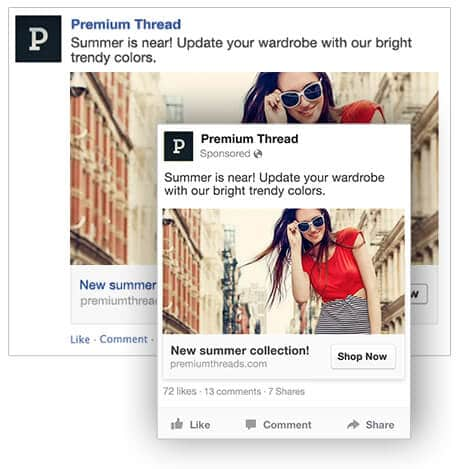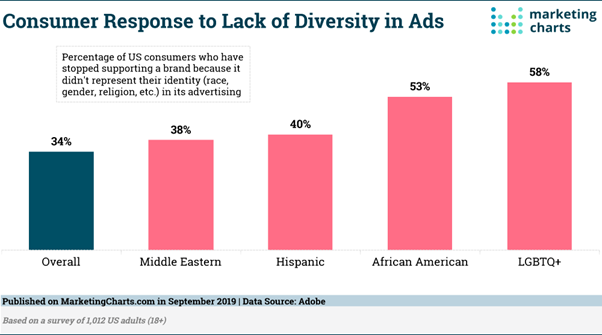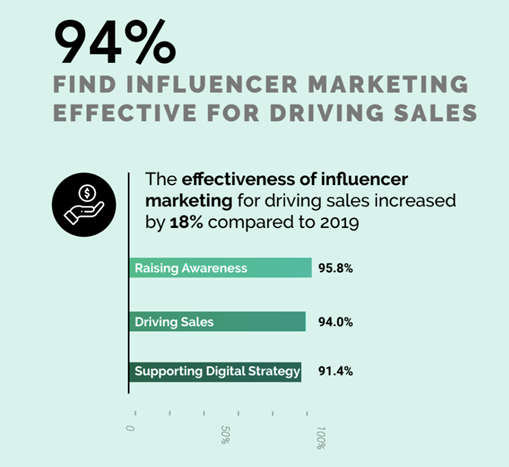
eCommerce Trends for 2021
From more ecommerce financing options for those looking to improve their online store to the death of cookies, the eCommerce industry is constantly changing but this is especially true when it comes to customer behavior. Research from Fluent revealed that 47% of the shoppers, who had an engagement with online stores in at least 10 channels, are more willing to make purchases, compared to 21% who engaged with 1-4 channels. 47% said that omnichannel strategy will be crucial for their companies. People have also been looking to different channels for their products, working with small businesses seen on https://helloabound.com/ and the like to provide for their customers. As the landscape shifts ever more digital, could 2021 be the year for eCommerce? Join me as I take a look at eCommerce trends in 2021.
#1 Social Media
3.96 billion people use social media. That works out to over half of the global population. To most brands, it’s common knowledge that if you aren’t utilising social media, you are almost certainly missing out. But which less-commonly-utilised social media eCommerce technique is set to trend in 2021?
Instant shopping
Simply existing on social media is no longer enough. Consumers want to be able to find your brand, learn about it, and ultimately buy it. Social media shopping had already been seeing a rise, but it’s likely 2020 encouraged further growth of this purchase system due to the global lockdowns and distancing. Instagram tells us that 70% of shoppers look to Instagram to find new brands and products. With consumers having a stronger taste for social media shopping, consider integrating a ‘Shop Now’ function onto your social pages.

A ‘Shop Now’ button takes a step out of the process for the consumer. They no longer have to follow a link to your website and this reduces the risk of cart abandonment. Not sure how to add a call to action button? Or if you’ve got the right content behind the button? If you’re new to online business, there are many platforms such as Magento which could come to your aid for online store businesses. To learn more about it, you might need to hire magento development services or something similar.
#2 Inclusivity
This shouldn’t be considered a trend. Inclusivity is something all brands should strive for, both in marketing and in the workplace, regardless of how important consumers perceive it to be at the time. Ensure that your eCommerce website caters to global audiences by accepting all major payment methods, either through collaboration with companies like FastSpring or using your own programming skills to build a more inclusive platform. In addition, when it comes to marketing, it’s worth noting that if your brand consistently lacks diversity, consumers will notice and will be (understandably) turned off by your brand stuck in the 20th century. Speak to my team to ensure what your audience is seeing is enough to convince them to open their wallets.

Marketing Charts found these startling statistics above, demonstrating the importance of consumers seeing their identities recognised in ads and check out options. On top of this, they found that 62% of respondents base their perception of a brand on its amount of diversity, or lack of it.
Inclusive marketing
Always include a diverse range of people in your advertising. One way of doing this is to use a stock photo library that prides itself on inclusivity, such as Gender Photos, who breaks from the mould of white, cis-gendered subjects. It’s important you do your absolute best to match this in the workplace (especially larger brands). The only thing disliked more by consumers than a lack of inclusivity, is performative inclusivity (using diversity purely to sell).
Ads that come across as performative will do more harm than good, so it’s imperative you have sound advice in regards to your marketing content. Worried about how your brand is being perceived? Get in contact for reputation management and a fresh 2021 strategy.
#3 Videos
And then more videos.

2021 is going to see yet another increase in video consumption. Video is no longer seen as a bonus. Consumers now expect video to be integrated into your site and marketing campaigns.
A video campaign tells your audience that you are invested in your brand. As entrepreneur Seth Godin says,
‘Marketing is no longer about the stuff that you make but the stories you tell.’
How best to tell stories about your brand? Research shows that all demographics are more likely to engage with video than any other form of marketing. The fastest-growing and most exciting video platform there is right now? TikTok.

Did you know that the average TikTok user spends 52 minutes a day on the app? Your brand needs to take advantage of this willing audience. At the very least, get your brand’s name registered on the platform before someone else does.
It’s worth noting that the hallmark of savvy brands continues to be quality video. Learn more about how your brand can deliver top-notch video content.
#4 Influencers
What do influencers do for eCommerce brands? Well, they influence – consumers, that is. Younger consumers in particular are more likely to purchase goods or services that are endorsed by an influencer they watch. According to Digital Marketing Institute’s survey,
49% of consumers depend on influencer recommendations and 40% purchase something after seeing it on Twitter, YouTube, or Instagram. Launchmetrics found an overwhelming number of brands thought influencer marketing was effective in 2020. Take a look at their statistics below.

Love them or hate them, your brand could be suffering if it’s not jumping on the influencer train. Harvard Business School reports that expenditure on influencer marketing reached $2 billion in 2017. This grew to $8 billion in 2019, and they predict spending will reach $15 billion by 2022. While this expenditure on bedroom marketers is staggering, don’t think you always have to part with big bucks in order to reap the benefits of this trend.
Budget-friendly influence
With the rise of influencer marketing has also come the rise of micro-influencers – typically this refers to influencers with a following of 100,000 or less. This can be a much more cost-effective and targeted marketing method for smaller brands. Read more about how you can enlist the help of micro-influencers to propel your brand’s marketing.
#5 The Death of Third-Party Cookies
Third-party cookies refer to data held by sites other than those you have visited. This data serves to target personalised advertising your way. They have come under fire in recent years for being an invasion of privacy. In early 2020, Google announced they would begin to phase out third-party cookies and end support entirely by 2022. Google is the latest major browser to follow suit after Firefox and Safari. It’s likely that Google held out for so long due to its invested interest in Google Ads which makes heavy use of third-party cookies.
What does this mean for eCommerce?
Well, it means you’ll no longer keep seeing ads for yoga mats on your Facebook timeline after browsing them on Amazon. If your brand uses Google Ads or a competitor to retarget ads, you may see a decline in clicks in the coming months and years.
What comes after third-party cookies?
Google’s announcement that their support for third-party cookies was ending was a wake-up call to many since Google Chrome is by far the most popular web browser. But it wasn’t a shock – we knew this was coming and now it’s time to ride the wave or drown in it.
Remember, first-party cookies are unaffected (for now). Meaning you can still collect data about your customers on your own site and use this to effectively retarget ads accordingly. Plus, it’s argued that this invasive style of marketing has been on its way out for a while: 80 percent of consumers are more likely to buy from brands they believe protect their personal information.
What do I need to do to secure my brand’s future?
The landscape of eCommerce marketing is set to change. If your brand enlists the help of Google Ads or any ad company that utilises third-party cookies, speak to my team to see how this will impact you, and what steps you need to be taking avoid a drop in revenue.
Are you ready for 2021? The landscape of eCommerce is set to change with several big trends, movements, and regulations coming into effect. 2021 will be an exciting year in eCommerce but only if your brand is prepared. Get in contact to find out if your brand is ready to reap the benefits of 2021. Enjoyed reading eCommerce Trends for 2021? Hit share.


